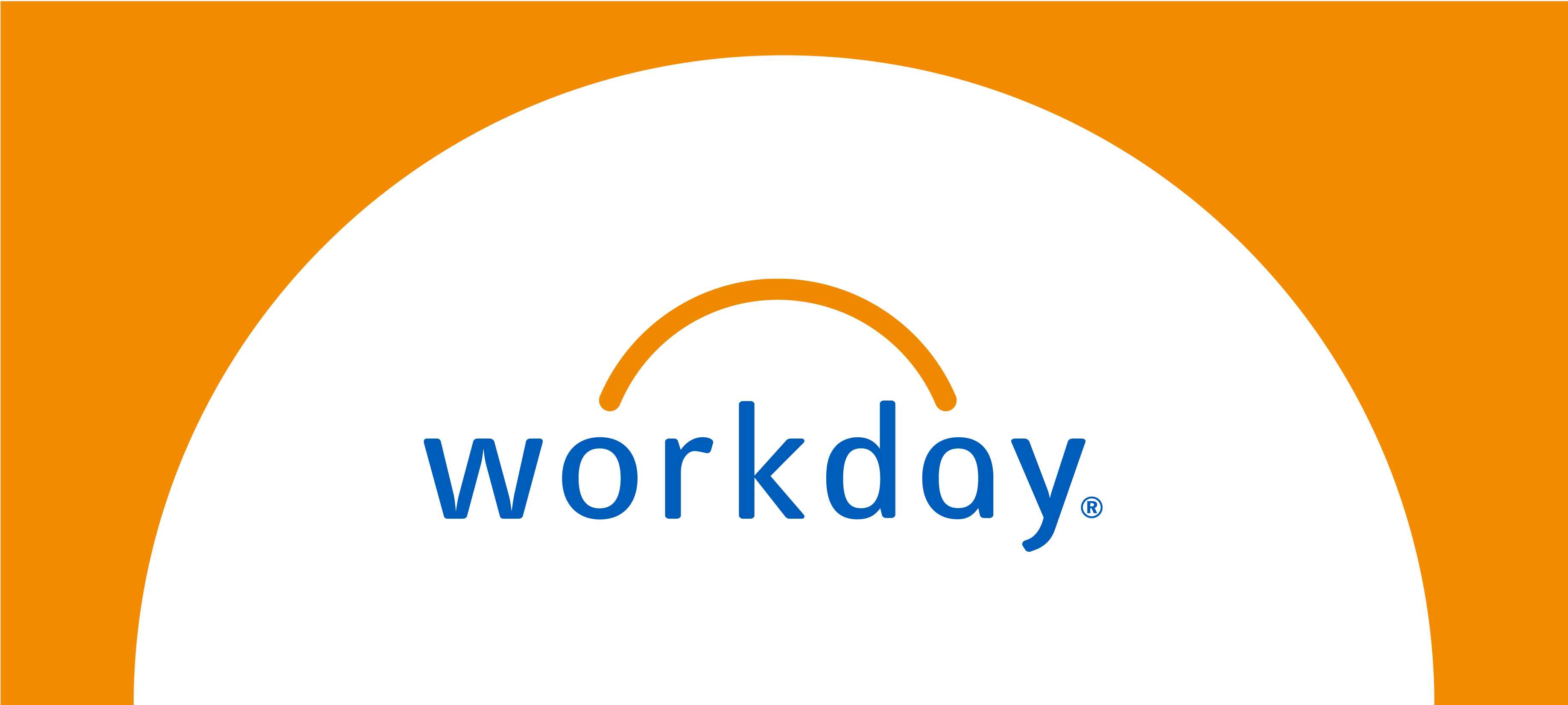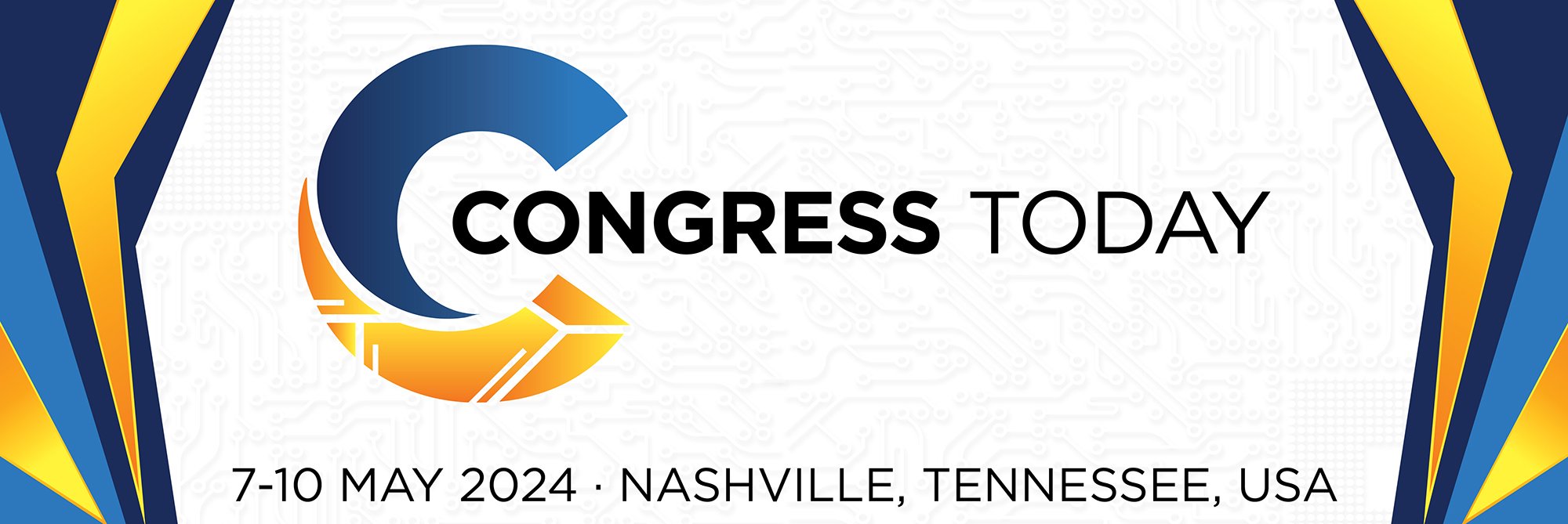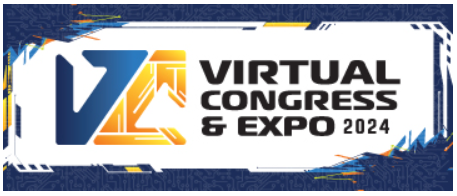Workday
June 3, 2020
Blocking Out the Noise: How to Evaluate Which New Tech Is Right for Your Payroll


Today, automation, artificial intelligence (AI), and machine learning technologies are helping payroll teams automate repetitive processes, handle large volumes of data, and better engage with workers.
They are also enabling the payroll function to shift from an administrative role to a strategic one, leveraging technology to solve critical business challenges and even impacting larger business outcomes and profitability.
Perhaps your company is undergoing digital transformation and payroll is part of that, or payroll reports up to finance and the need to control labor costs is a continuing conversation. Or maybe you haven’t been able to take advantage of automation yet.
To help break through the noise and assess which new capabilities are most relevant to an organization’s payroll, it can be helpful to weigh three categories of value and their impact, not only on payroll, but also on the business. Those three areas are efficiency and accuracy, employee engagement, and informed decision making. Let’s look at each of these a little closer.
Efficiency, Accuracy
By far the biggest gains in technology for payroll have been around automating manual processes that are time consuming and error prone.
We know that continuous calculations can reduce calculation times by 98%, and smart audits cut audit times down by 50%. Anomaly detection in time entry and absence reporting, two of the most error-prone areas, surfaces only the exceptions that need review by a member of your team. Robotic process automation (RPA) automates repetitive, multi-step tasks, like stock administration, to help payroll get additional time back for reporting and auditing.
These technology examples increase payroll’s efficiency and accuracy. But remember to consider other benefits that automation offers, like the following:
- What could you do with the newfound time savings?
- How much could you save financially and gain in productivity?
Employee Engagement
Conversational AI empowers chatbots, which help you immediately respond to employee inquiries about their pay, time tracking, and absences, while routing the more complicated questions to a human. Chatbots can be accessed via texting or voice from an employee’s phone, and in addition to answering their specific questions, they can serve up additional recommended content.
With machine learning, chatbots also learn over time, anticipating employee questions and helping the business understand which issues are top of mind for employees, where they consistently need more help, or how they are being impacted by payroll, time, and absence policies.
Informed Decision Making
Labor represents the highest cost for any organization, yet deep insights into payroll data are not often accessible to finance. With AI and machine learning, you can flag when labor costs have reached or are nearing a certain threshold. You can also inform workforce planning, for example, about the functions with the most overtime, indicating a need for more hires, and you can model payroll scenarios, such as the impact of an upcoming regulation on payroll.
The possibilities are vast. These new technologies offer a tremendous amount of untapped value to payroll waiting to be uncovered. To learn more, attend Workday’s workshop session “Blocking Out the Noise: What Do AI and Machine Learning Mean for Payroll Agility?” on Wednesday, June 3 at 3:45 p.m. EDT / 12:45 p.m. PDT.


-1.png?width=150&height=71&name=MicrosoftTeams-image%20(1)-1.png)